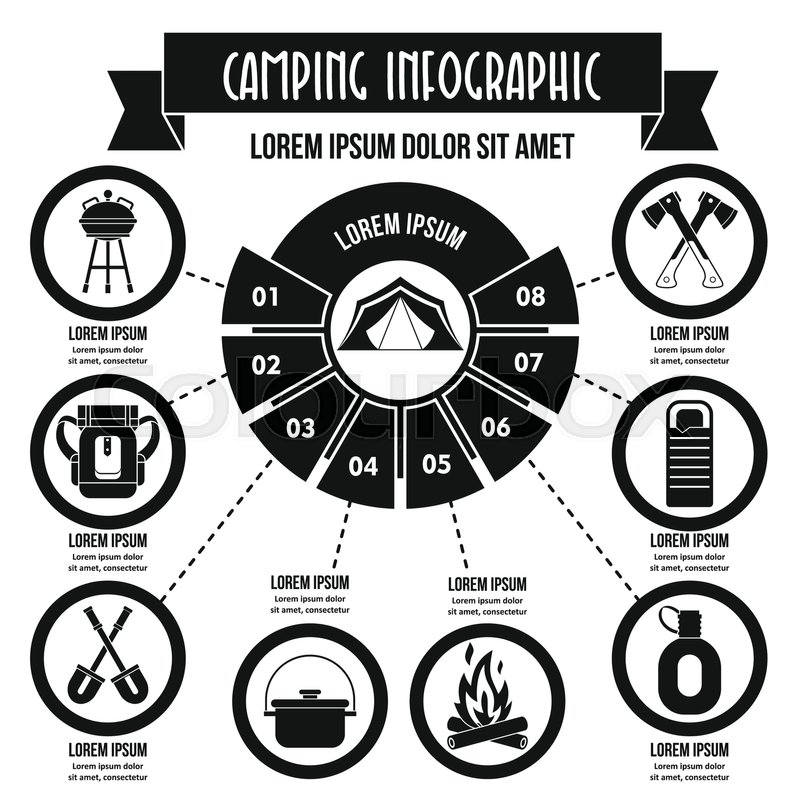Capturing outstanding photos of the night skies needs careful planning. Examining the weather report for clear skies is vital, as is understanding what time the moon increases and sets.
Are glamping tents warm?
Start by readjusting your electronic camera to hands-on capturing setting. Take numerous test shots with different ISO, aperture and shutter speed setups to see what functions best.
Video camera
A standard DSLR camera with a large lens works well for night-sky images, yet any type of video camera with a large sensor and a hands-on emphasis setting should function. The fundamental part is that the video camera can be set to fire in RAW layout, which allows for optimum versatility when editing and enhancing.
Depending on the desired effect, you might wish to take several exposures and then combine them in post-processing. This can be beneficial if you're shooting both a foreground object (like a lake, tree, vehicle or a structure) and the night sky and need to reveal each at various setups.
You can also trying out long-exposure shots that reveal star routes. This can be accomplished by focusing your framework on the North Star and using a shutter rate lasting for several mins. This produces fantastic arcs and vortex-like circles of light around your topic. It can be time consuming, however the outcomes are magnificent!
Lens
Among the most vital consider night skies photography is picking the ideal lens. A high resolution, wide angle lens will certainly assist you capture as lots of stars and the moon in your picture as feasible.
You will certainly also require a tripod to prevent electronic camera shake during lengthy exposures. It is likewise advised to fire in RAW setting, which will certainly give you more latitude in post-processing.
An additional factor is timing. It is best to plan for when the Milky Way will certainly increase or set depending upon your location. There are several apps and web sites to help with this including PhotoPills.
Finally, it is good to have an intriguing foreground in your picture to add depth and comparison. Using interesting rock developments, structures and even individuals can add a feeling of scale to your photo and make it a lot more impactful. Your composition ought to additionally abide by basic photo concepts, such as the policy of thirds and finding prominent lines.
Shutter Speed
The shutter is the part of your cam that sits in front of the picture sensing unit and opens and near to videotape an exposure. Its speed influences how much light your picture receives-- the much faster it is, the less light gets in.
A slower shutter rate permits much more light in, yet also blurs any motion that takes place during the exposure, which works for recording star tracks and various other impacts such as a lengthy exposure to produce an attractive evening sky.
With the best devices, it's feasible to generate images that are practically as brilliant as daytime and still have the ability to record dazzling details of the Milky Way and celebrities. For optimum quality, attempt to obtain as far away from towns and cities as possible glamping tent with bathroom and check sites such as this for cloud maps and dark skies.
ISO
Picking an ISO setup is a crucial step in night skies digital photography. The higher the ISO value, the a lot more delicate your electronic camera will be to light and the brighter your picture will certainly be. However, if you go too high, the noise in your picture will certainly be also famous.
A great starting point is to establish your camera to a low ISO of 800, then take an examination shot. If this photo is as well dark, raise the ISO one quit each time up until you have an acceptable photo.
Foreground shots in evening sky images need a lot longer direct exposure times than the stars, so you'll intend to make use of a tripod. To further maintain your cam, make use of the remote shutter launch to prevent any trembling brought on by pushing the button yourself. Additionally, remember to keep your lens in Manual Focus setting. This will assist you to preserve the very same focal size throughout your shoot. The Regulation of Thirds is an essential policy for composing evening skies pictures, aiding to balance and link your pictures.
What are the best quality tents?
